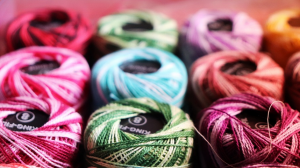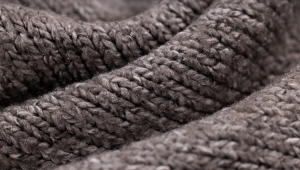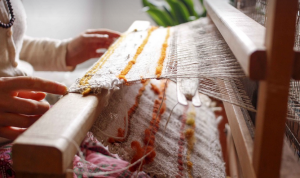
The Magic of Silk
Silk, a fabric known for its luxurious drape and smooth texture, holds a special place in the hearts of fashion enthusiasts. It’s a favorite material to create beautiful garments, delicate scarves, and exquisite accessories. But silk is delicate, and it can sometimes suffer from damage like snags, tears, and even pilling. When this happens, you might feel tempted to throw away your beloved piece.
However, fear not! The good news is that you can often repair silk with the right techniques and a little bit of patience. We’re here to guide you through some common silk damage and provide easy-to-follow steps to restore those cherished pieces.
Understanding Silk’s Challenges
The magic of silk lies in its intricate woven fibers, which are incredibly fine. These fibers are so delicate they can become dislodged or damaged easily. That’s why it needs extra care and understanding when repairing a piece. The key to success lies in recognizing the specific issues you face with your silk fabric.
One common problem is snags caused by friction – something we often encounter in daily life, like running through a door or rubbing against clothing. These snags are tiny pulls that can leave unsightly holes. Another issue is pilling, where the fibers on the surface of silk rub together and form little balls, creating a fuzzy look.
Further, tears may occur if your silk piece was mishandled, exposing it to sharp objects or rough handling. These rips and tears require more careful attention than snags
Fixing Snags: The Art of Gentle Repair
Snags are common in silk since the weave is so delicate. Fortunately, these snags can be repaired with a bit of patience and some simple tools. Here’s what you need to do:
- Identify the snag Carefully examine the damaged area for any visible threads or loose fibers that may indicate the source of the snag.
- Secure the fabric You want to support the silk as you work, so use a thin, sharp needle and thread.
- Pick your thread wisely Choose a thread that matches the color and sheen of your silk. This will help maintain the overall elegance of the piece.
- Use a small stitch A simple running stitch or backstitch can be used to secure the snag. The goal is to reinforce the fibers in the area, not to fully reconstruct the fabric.
Remember, you’re aiming for a discreet repair that blends seamlessly with your silk piece. A well-hidden snag becomes a mere memory of a minor mishap.
Tackling Tears: The Enduring Strength of Silk
Tears can be more challenging to fix than snags, especially if they are extensive. These tears can sometimes cause noticeable gaps in the fabric that require a more comprehensive approach.
Before you begin repairing a tear, assess its severity and location. For minor tears, a silk patch or mending thread is often enough to conceal the damage. A needle with a fine eye and a strong, matching thread will be your best tools for these repairs.
To make the repair, follow this guide:
- Identify the area of the tear Carefully examine the affected area and note where the tear starts and ends.
- Prepare your work space Lay down a piece of clean cloth on a flat surface to protect your workspace.
- Choose the patch wisely Use a matching thread or silk fabric patch that blends seamlessly with the rest of the garment. This will help to create a smooth and undetectable fix.
- Cut the patch carefully Measure, cut, and trim the patch neatly with scissors, leaving a space on each side for extra support.
- Apply your patch Securely place the patch over the tear, ensuring it’s flat and aligned. Then, use a needle to reinforce the edges of the fabric, attaching the patch securely.
Remember that sometimes the best defense is a good offense; by taking care of your silk pieces from day one, you can minimize the risk of serious damage.
The Power of Prevention: Embracing Silk’s Elegance
While fixing damage is possible, preventing it is always the most effective approach. Here are some tips for keeping your silk beautiful and long-lasting:
- Handle with care Avoid rough handling or excessive rubbing that can cause snags.
- Store properly Store silk garments in a dry place, free from dust and sunlight to prevent pilling and fading.
- Iron with care Ironing silk on the lowest setting helps reduce any pilling or fraying. If you do choose to use high heat settings, use a pressing cloth.
These preventative measures ensure your silk garment stays beautiful and avoids future damages.
Embracing the Art of Repair: A Legacy of Beauty
Repairing silk is a skill that takes time and patience. However, with these simple steps, you can restore those cherished pieces and maintain their beauty for years to come.
When repairing silk, it’s important to remember its inherent delicacy. Embrace the intricate nature of this luxurious fabric, and you’ll find yourself appreciating the art of repair even more. It’s a testament to your love for the craft and a reminder that even damaged items can be transformed into something new.
By taking care of your silk pieces and understanding how to mend them, you preserve the beauty and elegance they bring to your life.



